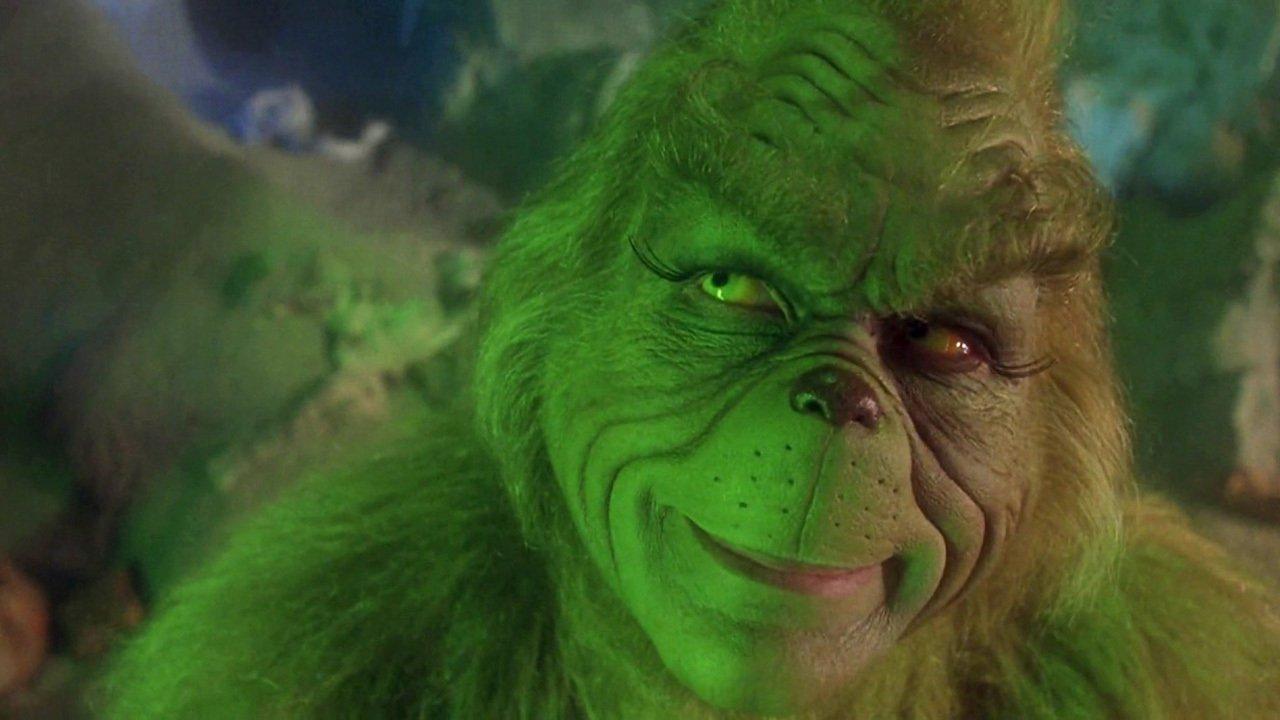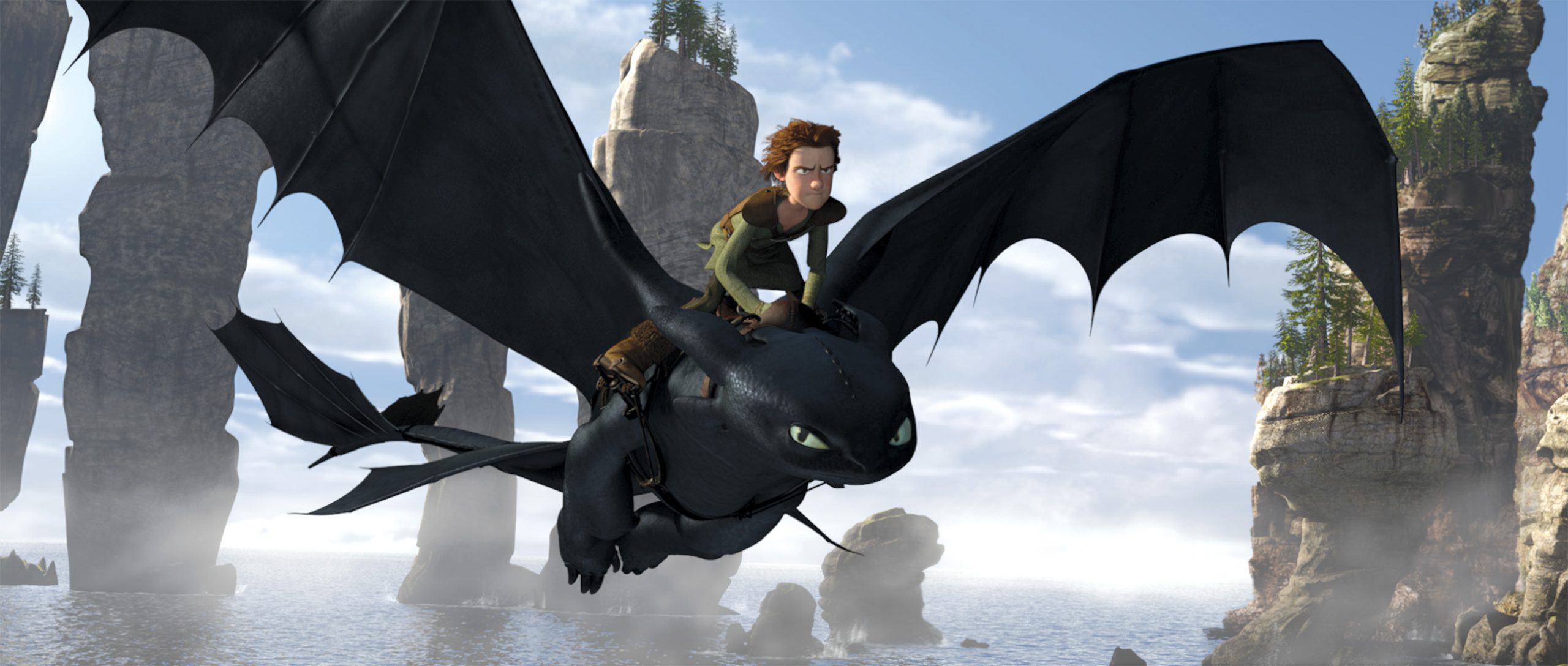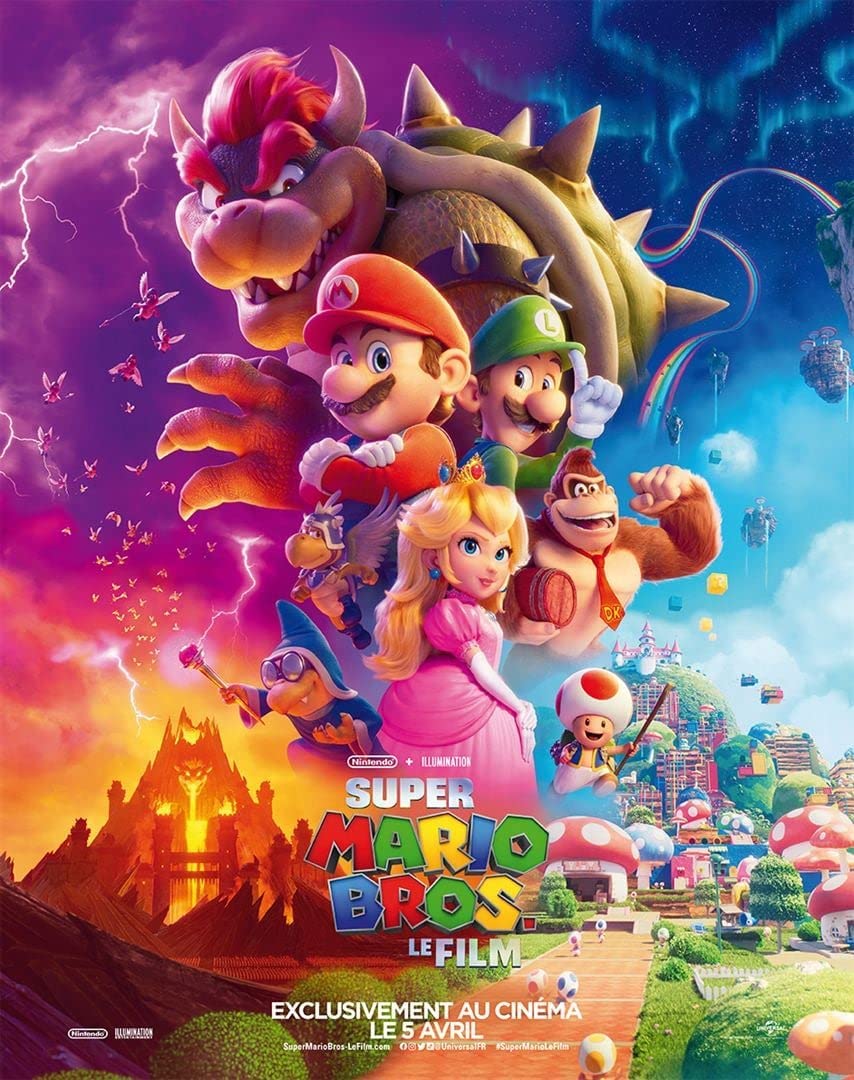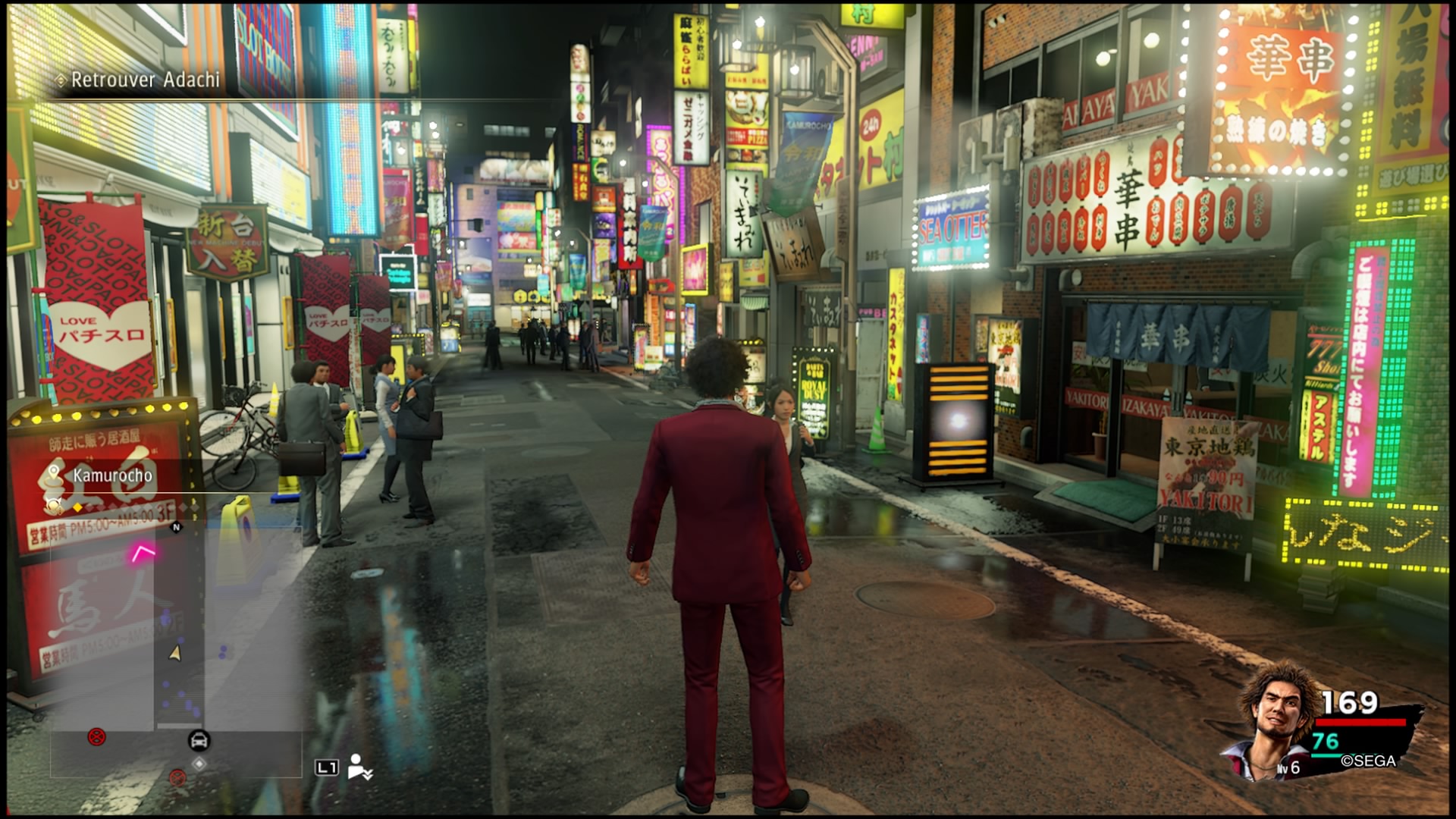Before the animated version of Illumination, The Grinch was Jim Carrey under the direction of Ron Howard. Back on this amazing work released in the winter of 2000.
The origins of the tale before an animated adaptation in 2018
Basically, The Grinch is a character from a Christmas folk tale. In 1957 American author and illustrator Dr. Seuss, also known as Theodor Seuss Geisel, wrote a Christmas story entitled How the Grinch Saved Christmas? It is this writer who creates all the mythology of this character widely popularized since thanks to the adaptation of Ron Howard. Dr. Seuss writes his tales in rhymes and chooses never to exceed more than 250 words to leave the children free to apprehend his works with ease and understanding. His audience is youth and he wants to fascinate them.

Finally, the new adaptation of Illumination animated version sticks with the vision of Dr. Seuss. The studio's vision is closer to that of the author by presenting a more childish Grinch, more adapted to a young audience as the English author wanted. Here, The Grinch does some wickedness but it is mostly an individual traumatized in his childhood, who lives with the vestiges of this sadness inherent in his apparent wickedness. The depth of the character is not a thorough psychological analysis but allows us to glimpse how the impact of an education can change a life. Of course the cartoon by Scott Mosier and Yarrow Cheney is a very youth-oriented adaptation and remains fundamentally gentle.
When Ron Howard plays Tim Burton
In December 2000, Ron Howard surprised everyone with a live adaptation of The Grinch. An amazing version, hybrid, dented and above all uneven. The feature film is clearly not devoid of vision and allows you to enter an amazing universe strongly inspired by Tim Burton's cinema. In this version, Ron Howard contrasts bright colors with a cold and white décor, almost anxiety-provoking. It contrasts the festivities of a village with the solitude of an individual. Finally this Grinch was almost disturbing. A green latex creature a little retro, quite aggressive and overexcited by the madness of Jim Carrey, we are quite far from the harmless representation of Santa Claus. It is this side a little dirty, a little disturbing that gives all its flavor to the adaptation of Ron Howard. The Grinch is, thanks to this vision, not a tale like any other. As for Jim Carrey, he is once again imperial, even if he sometimes makes crates. For Rick Baker the makeup artist,
"This makeup is well suited to Jim who has an extremely mobile facies and does not hesitate to force on the expressions to make them pass through the latex. I also knew at what precise points on his face I could thin this grimage to give him maximum latitude. »

Unfortunately The Grinch suffers from the comparison with Tim Burton's cinema and one cannot help but wonder what the film would have been like under his direction. Because Ron Howard's vision remains cluttered and asphyxiating. Too many colors, too much noise, and especially too many grimaces from Jim Carrey who ends up exhausting his audience. The Grinch also lacks a true interpretation of the character's writing, which ultimately lacks depth. Similarly, the adventures are relatively repetitive and the humor lacks finesse.
Character and cult film, The Grinch, the anti Santa Claus par excellence, finds its quintessence thanks to the presence of Jim Carrey always very inspired. The actor makes crates but fits perfectly with the extravagant, noisy and oppressive character of Ron Howard. The feature film remains a family comedy for the little ones, and therefore does not go into the depths of sadism that the character touches by his thankless actions, the inevitable final happy ending ends up concluding a well-meaning but entertaining film, with remarkable aesthetics, perfectly honoring the universe of Tim Burton.






































